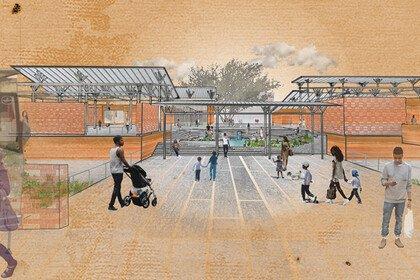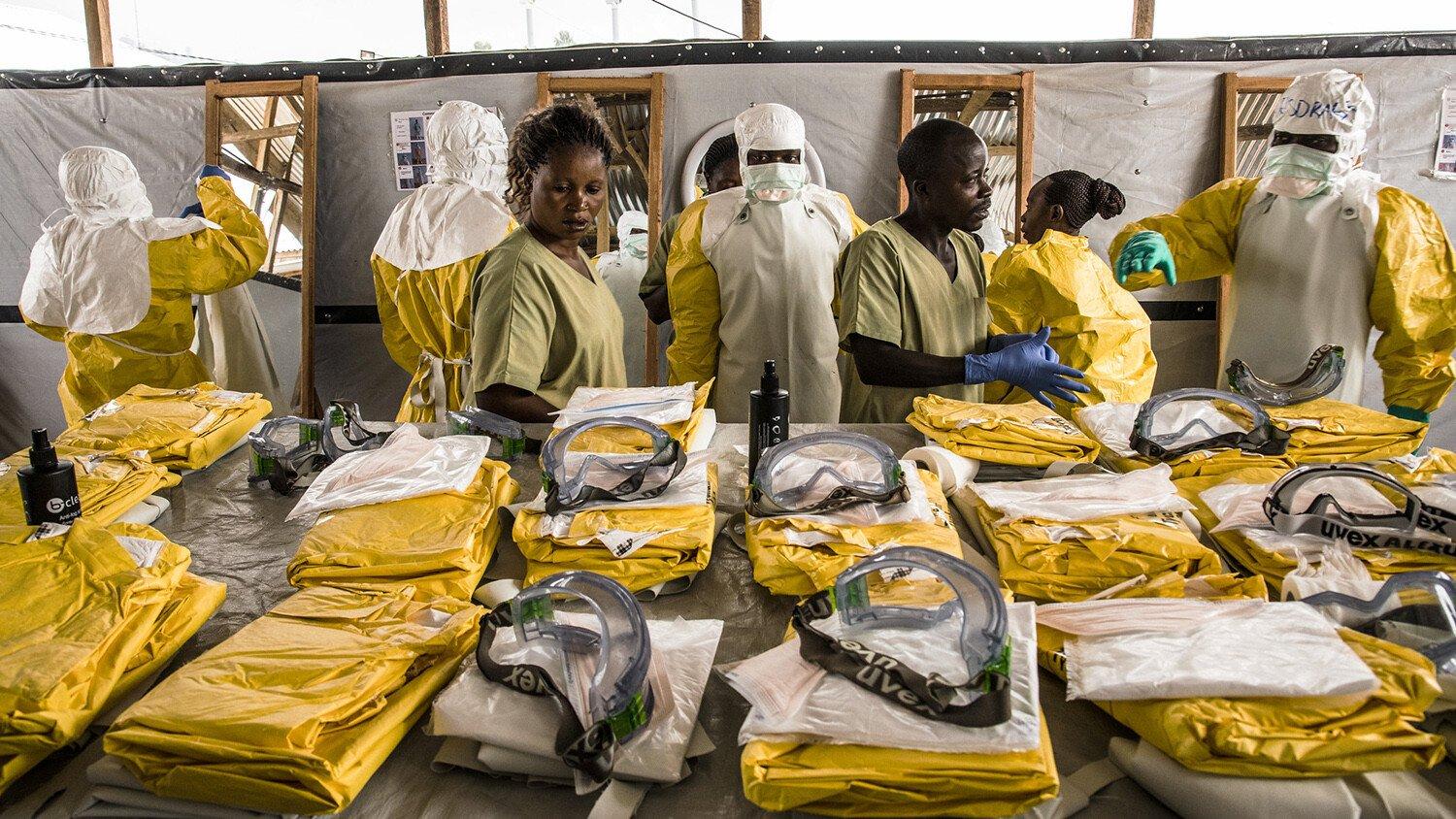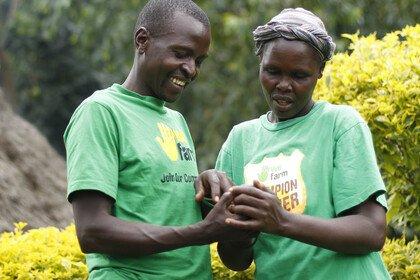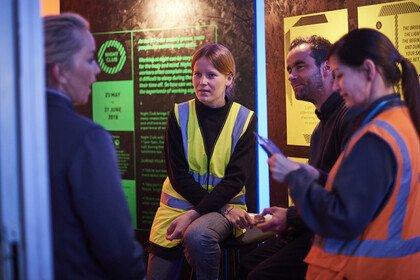
How can we make social media a healthier platform for health information?
It’s time to see health misinformation differently. We’re calling for the health and research sector to step up and play its role in creating a healthier internet.

Earlier this year, more than 700 Iranians died after drinking methanol because they’d read that it could cure COVID-19. The deadly method travelled fast on social media – no doubt shared out of care and concern for others in a rapidly unfolding and scary situation.
Misjudging information can spiral out of control in hours. Researchers at the Harvard Kennedy School highlight that misinformation is a major threat to global public health, especially when there is a large lag between the emergence of a disease and an effective solution. Examining COVID-19, they identified that the lag time for vaccine development has created a vacuum for scepticism to grow and misinformation to spread – which has been amplified by bots and trolls.
Social media is designed to share information we believe to be correct, quickly, and works on gut-based intuitions where patterns are rapidly recognised, and biases quickly confirmed. This was defined by Daniel Kahneman as 'fast thinking'.
This is a global issue
Misinformation is having a serious impact on our health worldwide.
Last year, four Ebola healthcare workers were murdered in the Democratic Republic of the Congo (DRC) when their quarters were stormed by angry rebels. This followed a series of assaults on healthcare workers, totalling 386 attacks and 77 injuries. In this conflict-ridden area, one of the many wild rumours that swirled was that these workers were there to harvest people's organs for their own gain. Organisations such as UNICEF had no choice but to remove their staff, just as their work was turning Ebola around.
Social media has become an important way for people to access news and information. Affordable smartphones in countries such as the DRC often come pre-loaded with apps like Facebook which use less data than search engines. As research shows, people who are exposed to a more limited range of news on Facebook are more likely to believe conspiracy theories and make different decisions than those who are exposed to a wider range of news sources .
Healthier Internet
This is an open and growing collection of projects from around the world that are working to make the internet a healthier place for health information.
Visit healthierinternet.org to see a data visualisation of initiatives and read the Healthier Internet report.
An opportunity and a challenge
In the US, 40% of people surveyed for a study said that the information they get from social media influences their healthcare decisions. As successive generations grow up with the social web, this source of peer support is only going to increase – Wellcome Monitor shows that in the UK this is much more prevalent in younger generations.
And so, this critical social health infrastructure presents both a huge opportunity and a challenge that we can’t afford to ignore. To seize them we need to take a much more systemic lens. Earlier this year, we commissioned social design agency Shift to conduct rapid research to explore the potential for our public engagement team to commission further projects in this space.
What emerged from this research was the need to move away from creating sticking plasters for misinformation, towards looking at the health of the environment. We need to create a healthier internet if we are to get healthier information being created and shared.
Building a healthier internet
Working with Shift, we mapped six types of roles needed to build up the strength of this emergent field. These ranged from convening others and catalysing the emergence of a field, to communication and control – including through legislation. Many health and political organisations are piling their energy into these latter two areas.
This response to the social web’s high-speed disasters is reminiscent of how the world approached the development of our other highways – roads and cars. Transport has evolved from being seen as a private sphere of personal choices, to one that authorities have shaped through legislation and communication campaigns – and it is now being shaped through human-centred design techniques, with great success.
We can learn from these. Mumbai-based behavioural firm Final Mile designs solutions using beliefs and biases responsible for car accidents. Their design for one busy stretch of road in Mumbai reduced fatalities by 56% and accidents by 43%. Imagine the impact on health if we could apply our understanding of human behaviour to the social web and achieve these kinds of results.
It is time for health organisations, and others, to step into these other roles so that we can design out misinformation and capitalise on the full potential of our hyper-connected world.
Already playing a role or know others who are? Add your projects to the Healthier Internet database so that we can build a map of global initiatives for the community to benefit from. Visit www.healthierinternet.org.


